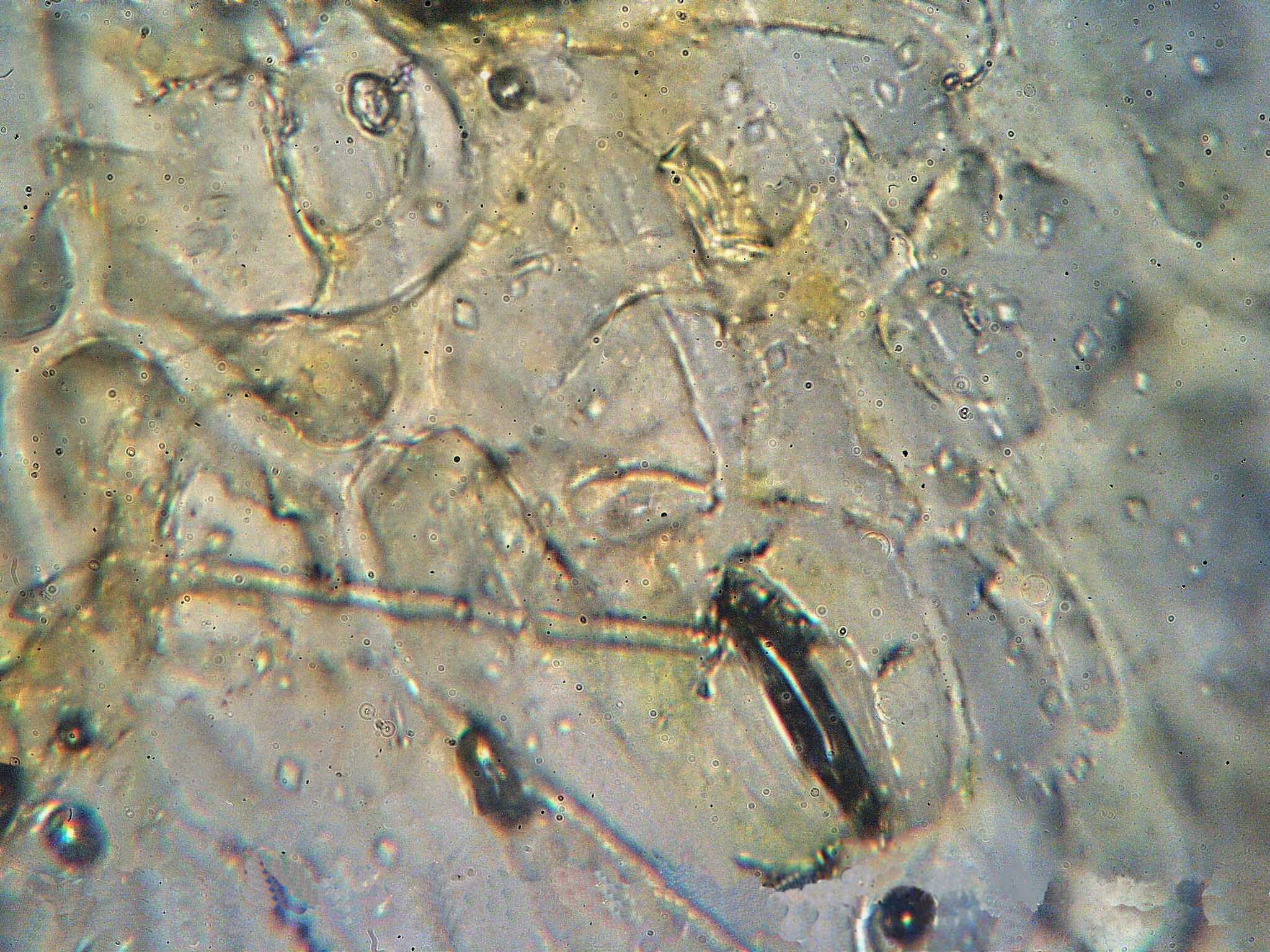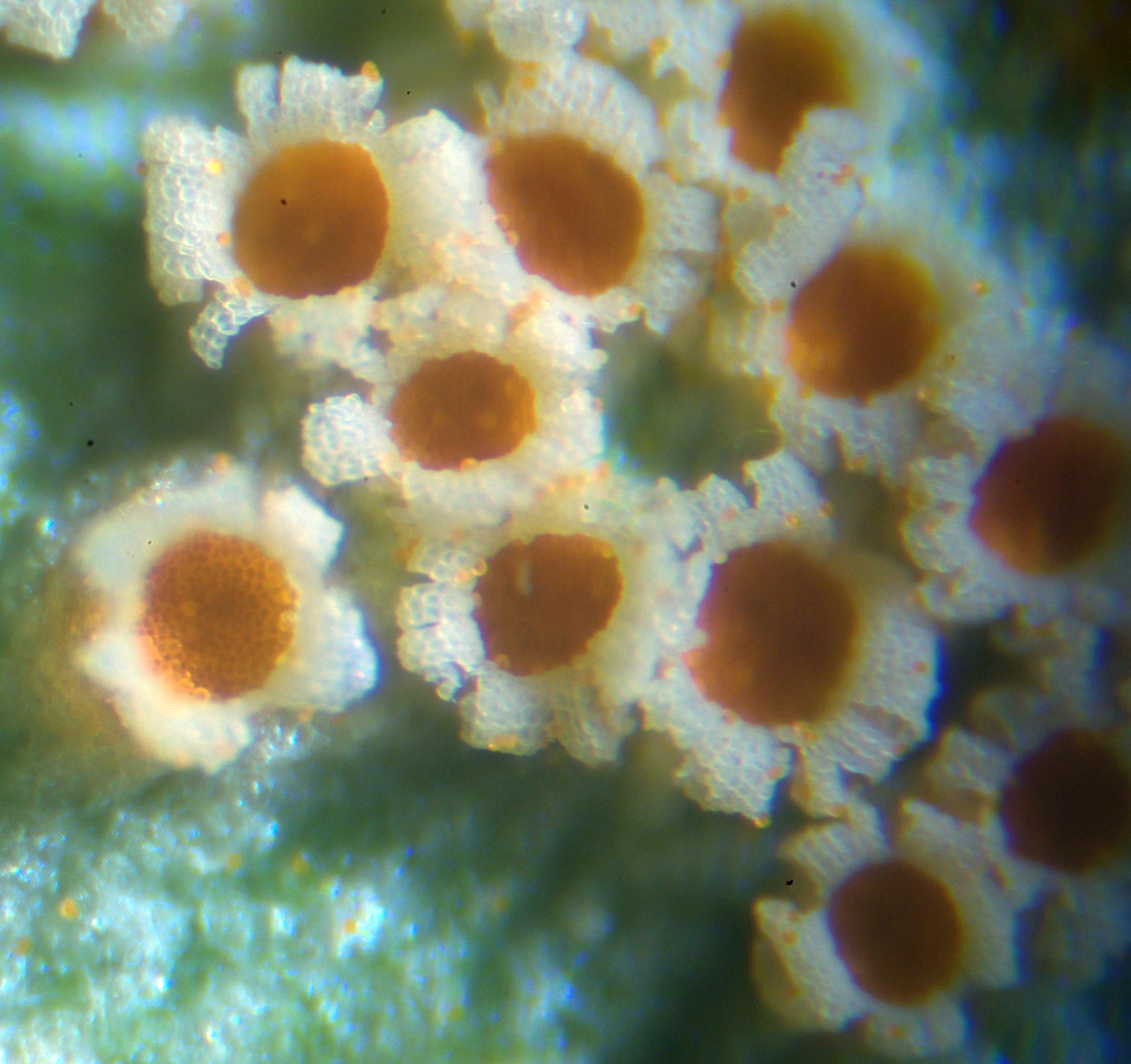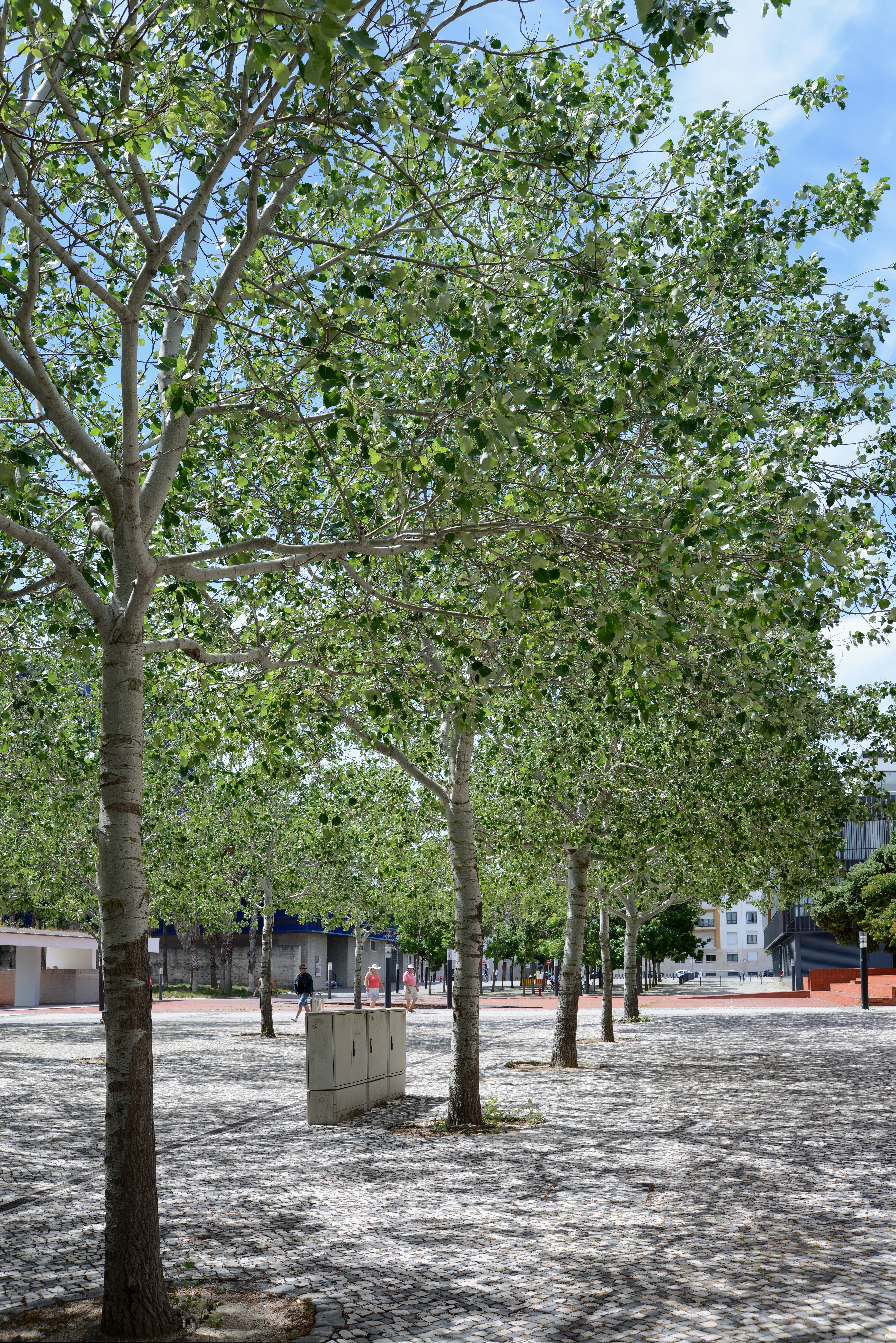|
Melampsora Pulcherrima
''Melampsora pulcherrima'' is a Mediterranean plant pathogen. It is a rust that infects ''Mercurialis annua ''Mercurialis annua'' is a species of flowering plant in the spurge family Euphorbiaceae known by the common name annual mercury or (rarely) French mercury. It is native to Europe, North Africa, and the Middle East but it is known on many other c ...'', causing galls, pycnia, and aecia over leaves and stem in winter, seen as a golden yellow swelling over several centimeters, as well as ''Populus alba'', causing uredia and telium, telia on leaves from spring until autumn. References External links Melampsora PulcherrimaiPlant Parasites of Europe: leafminers, galls and fungiPenetration and earlycolonization in basidiospore-derived infection ofMelampsora pulcherrima (Bub.)Maire on Mercurialis annua L. Pucciniales Fungi described in 1914 Fungi of Europe Fungal plant pathogens and diseases Taxa named by René Maire {{fungus-plant-disease-stub ... [...More Info...] [...Related Items...] OR: [Wikipedia] [Google] [Baidu] |
René Maire
René Charles Joseph Ernest Maire (29 May 1878, Lons-le-Saunier – 24 November 1949) was a French botanist and mycologist. His major work was the ''Flore de l'Afrique du Nord'' in 16 volumes published posthumously in 1953. He collected plants from Algeria, Morocco, France, and Mali for the herbarium of the National Botanic Garden of Belgium. Biography His botanical career began very early. At 18, he penned a work on the local flora of the Haute-Saône, currently on display at the Natural History Museum of Gray. He collected plants for study in Algeria and Morocco between 1902 and 1904. After obtaining his PhD in 1905, he was a professor of botany at the Faculty of Sciences in Algiers starting in 1911 where he specialised in phytopathology. He was put in charge of botanical research by the Moroccan government and was responsible for botanical studies in the Central Sahara. He was a member of a number of institutions, including the ''Société mycologique de France'' and the ''Soc ... [...More Info...] [...Related Items...] OR: [Wikipedia] [Google] [Baidu] |
Rust Fungus
Rusts are plant diseases caused by pathogenic fungi of the order Pucciniales (previously known as Uredinales). An estimated 168 rust genera and approximately 7,000 species, more than half of which belong to the genus ''Puccinia'', are currently accepted. Rust fungi are highly specialized plant pathogens with several unique features. Taken as a group, rust fungi are diverse and affect many kinds of plants. However, each species has a very narrow range of hosts and cannot be transmitted to non-host plants. In addition, most rust fungi cannot be grown easily in pure culture. A single species of rust fungi may be able to infect two different plant hosts in different stages of its life cycle, and may produce up to five morphologically and cytologically distinct spore-producing structures viz., spermogonia, aecia, uredinia, telia, and basidia in successive stages of reproduction. Each spore type is very host specific, and can typically infect only one kind of plant. Rust fungi are o ... [...More Info...] [...Related Items...] OR: [Wikipedia] [Google] [Baidu] |
Mercurialis Annua
''Mercurialis annua'' is a species of flowering plant in the spurge family Euphorbiaceae known by the common name annual mercury or (rarely) French mercury. It is native to Europe, North Africa, and the Middle East but it is known on many other continents as an introduced species. Description This is an annual herb growing 10 to 70 centimeters tall with oppositely arranged, stipulate oval leaves each a few centimeters long. The male flowers are borne in spikelike clusters sprouting from leaf axils, and female flowers grow at leaf axils in clusters of 2 or 3. The fruit is a bristly schizocarp 2 or 3 millimeters wide containing shiny, pitted seeds. The species is monoecious or androdioecious. A plant of ''Mercurialis annua'' can produce up to 135 million pollen grains. Phytochemistry Isorhamnetin-3-rutinoside-4′-glucoside, rutin, narcissin ( Isorhamnetin 3-rutinoside), quercetin-3-(2G-glucosyl)-rutinoside and isorhamnetin-3-rutinoside-7-glucoside can be isolated fro ... [...More Info...] [...Related Items...] OR: [Wikipedia] [Google] [Baidu] |
Galls
Galls (from the Latin , 'oak-apple') or ''cecidia'' (from the Greek , anything gushing out) are a kind of swelling growth on the external tissues of plants, fungi, or animals. Plant galls are abnormal outgrowths of plant tissues, similar to benign tumors or warts in animals. They can be caused by various parasites, from viruses, fungi and bacteria, to other plants, insects and mites. Plant galls are often highly organized structures so that the cause of the gall can often be determined without the actual agent being identified. This applies particularly to some insect and mite plant galls. The study of plant galls is known as cecidology. In human pathology, a gall is a raised sore on the skin, usually caused by chafing or rubbing. Causes of plant galls Insects and mites Insect galls are the highly distinctive plant structures formed by some herbivorous insects as their own microhabitats. They are plant tissue which is controlled by the insect. Galls act as both the habitat a ... [...More Info...] [...Related Items...] OR: [Wikipedia] [Google] [Baidu] |
Pycnia
Pycniospores are a type of spore in fungi. They are produced in special cup-like structures called pycnia or pynidia. Almost all fungi reproduce asexually with the production of spores. Spores may be colorless, green, yellow, orange, red, brown or black. Other types of spore ;Sporangiospores Sporangiospores (spore:spore, angion:sac) are spores formed inside the sporangium which is a spore sac. ;Conidia Conidia (singular: conidium) are spores produced at the tip of special branches called conidiophores. ;Oidia Oidia (singular: oidium). In several fungi, the hyphae is often divided into a large number of short pieces by transverse walls. Each piece is able to germinate into a new body. These pieces are called oidia (small egg). ;Chlamydospores Chlamydospore A chlamydospore is the thick-walled large resting spore of several kinds of fungi, including Ascomycota such as '' Candida'', Basidiomycota such as ''Panus'', and various Mortierellales species. It is the life-stage whic ... [...More Info...] [...Related Items...] OR: [Wikipedia] [Google] [Baidu] |
Aecia
An aecium (plural aecia) is a specialised reproductive structure found in some plant pathogenic rust fungi that produce aeciospores. Aecia may also be referred to as "cluster cups". The term aecidium (plural aecidia) is used interchangeably but is not preferred. In some rust fungi such as ''Phragmidium'', aecia lack an outer wall structure (a peridium The peridium is the protective layer that encloses a mass of spores in fungi. This outer covering is a distinctive feature of gasteroid fungi. Description Depending on the species, the peridium may vary from being paper-thin to thick and rubber ...) but instead produce a diffuse aecium called a caeoma.''Fungi''. Lilian E Hawker, 1966, Hutchinson University Library In some species of rust fungi with a life cycle including two different host plants, the binucleate spores produced in the aecia cannot infect the current plant host, but must infect a different plant species. References Fungal morphology and anatomy Reproduc ... [...More Info...] [...Related Items...] OR: [Wikipedia] [Google] [Baidu] |
Populus Alba
''Populus alba'', commonly called silver poplar,Webb, C. J.; Sykes, W. R.; Garnock-Jones, P. J. 1988: Flora of New Zealand. Vol. IV. Naturalised Pteridophytes, Gymnosperms, Dicotyledons. 4. Christchurch, New Zealand, Botany Division, D.S.I.R. silverleaf poplar, or white poplar, is a species of poplar, most closely related to the aspens (''Populus'' sect. ''Populus''). It is native to Morocco and then Portugal through central Europe (north to Germany and Poland) to central Asia. It grows in moist sites, often by watersides, in regions with hot summers and cold to mild winters.Flora Europaea''Populus alba''/ref>Rushforth, K. (1999). ''Trees of Britain and Europe''. Collins . Description It is a medium-sized deciduous tree, growing to heights of up to (rarely more), with a trunk up to in diameter and a broad, rounded crown. The bark is smooth and greenish-white to greyish-white with characteristic diamond-shaped dark marks on young trees, becoming blackish and fissured at the ... [...More Info...] [...Related Items...] OR: [Wikipedia] [Google] [Baidu] |
Uredia
{{Short pages monitor ... [...More Info...] [...Related Items...] OR: [Wikipedia] [Google] [Baidu] |
Telium
Telium, plural telia, are structures produced by rust fungi as part of the reproductive cycle. They are typically yellow or orange drying to brown or black and are exclusively a mechanism for the release of teliospores which are released by wind or water to infect the alternate host in the rust life-cycle. The telial stage provides an overwintering strategy in the life cycle of a parasitic heteroecious fungus by producing teliospores; this occurs on cedar trees. A primary aecial stage is spent parasitizing a separate host plant which is a precursor in the life cycle of heteroecious fungi. Teliospores are released from the telia in the spring. The spores can spread many kilometers through the air, however most are spread near the host plant. Host plants There are a number of plants that can be infected by the telial stage. Therefore, the telial stage is considered a pathogen to those plants. A few specific plant pathogenic species are listed here with their hosts. # ''Puccinia grami ... [...More Info...] [...Related Items...] OR: [Wikipedia] [Google] [Baidu] |
Pucciniales
Rusts are plant diseases caused by pathogenic fungi of the order Pucciniales (previously known as Uredinales). An estimated 168 rust genera and approximately 7,000 species, more than half of which belong to the genus ''Puccinia'', are currently accepted. Rust fungi are highly specialized plant pathogens with several unique features. Taken as a group, rust fungi are diverse and affect many kinds of plants. However, each species has a very narrow range of hosts and cannot be transmitted to non-host plants. In addition, most rust fungi cannot be grown easily in pure culture. A single species of rust fungi may be able to infect two different plant hosts in different stages of its life cycle, and may produce up to five morphologically and cytologically distinct spore-producing structures viz., spermogonia, aecia, uredinia, telia, and basidia in successive stages of reproduction. Each spore type is very host specific, and can typically infect only one kind of plant. Rust fungi are o ... [...More Info...] [...Related Items...] OR: [Wikipedia] [Google] [Baidu] |
Fungi Described In 1914
A fungus ( : fungi or funguses) is any member of the group of eukaryotic organisms that includes microorganisms such as yeasts and molds, as well as the more familiar mushrooms. These organisms are classified as a kingdom, separately from the other eukaryotic kingdoms, which by one traditional classification include Plantae, Animalia, Protozoa, and Chromista. A characteristic that places fungi in a different kingdom from plants, bacteria, and some protists is chitin in their cell walls. Fungi, like animals, are heterotrophs; they acquire their food by absorbing dissolved molecules, typically by secreting digestive enzymes into their environment. Fungi do not photosynthesize. Growth is their means of mobility, except for spores (a few of which are flagellated), which may travel through the air or water. Fungi are the principal decomposers in ecological systems. These and other differences place fungi in a single group of related organisms, named the ''Eumycota'' (''true fungi' ... [...More Info...] [...Related Items...] OR: [Wikipedia] [Google] [Baidu] |
Fungi Of Europe
A fungus (plural, : fungi or funguses) is any member of the group of Eukaryote, eukaryotic organisms that includes microorganisms such as yeasts and Mold (fungus), molds, as well as the more familiar mushrooms. These organisms are classified as a Kingdom (biology), kingdom, separately from the other eukaryotic kingdoms, which by one traditional classification include Plantae, Animalia, Protozoa, and Chromista. A characteristic that places fungi in a different kingdom from plants, bacteria, and some protists is chitin in their cell walls. Fungi, like animals, are heterotrophs; they acquire their food by absorbing dissolved molecules, typically by secreting digestive enzymes into their environment. Fungi do not photosynthesize. Growth is their means of motility, mobility, except for spores (a few of which are flagellated), which may travel through the air or water. Fungi are the principal decomposers in ecological systems. These and other differences place fungi in a single gro ... [...More Info...] [...Related Items...] OR: [Wikipedia] [Google] [Baidu] |








